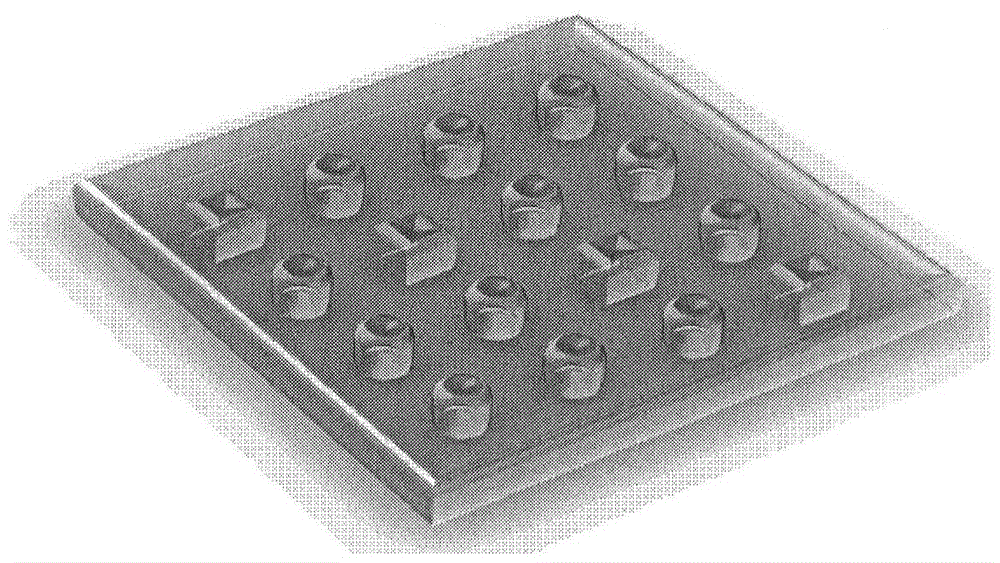Method for permanently storing data and three-dimensional information carrier
A technology for storing data permanently, applied in methods and three-dimensional information carriers, permanently storing data, can solve problems such as data loss, and achieve the effects of easy information storage and reading, easy long-term storage, and strong operability
- Summary
- Abstract
- Description
- Claims
- Application Information
AI Technical Summary
Problems solved by technology
Method used
Image
Examples
Embodiment 1
[0057] Embodiment one, such as Figure 1-4 And as shown in 8-9, the method for permanently storing data of the present invention is to use a 3D printer capable of printing a base material and an identification material to print a multi-layer information storage body for storing data, more precisely a dense three-dimensional solid, so The multi-layer information storage body uses one identification material to print two (or more than two) different-shaped identification points representing different identification information in each layer of base material. The shape recognition points are shape recognition points of two different shapes (or plot recognition points of two different densities). The shape recognition points of the two different shapes are cylindrical and square cylindrical (or high-density recognition points and low-density recognition points printed on the same recognition material). The base material is glass sand (or ceramics), and the identification material...
Embodiment 2
[0072] Embodiment two, such as Figure 5-8 As shown, the difference between the method for permanently storing data in the present invention and the first embodiment is that two types of identification materials represent material identification points of different identification information; (it can also be four types of material identification points of different materials). The material identification points of the two different materials are one or more of nickel-chromium alloy, gold-platinum-palladium alloy, gold-silver-palladium alloy, pure titanium, resin, and any two of ceramics and glass sand. More specifically glass sand and gold platinum palladium alloy. The material identification point is an identification point that can be read by tomographic scanning; the information reading is to scan and read the position information of the printing material in the multi-layer information storage body layer by layer by using tomographic scanning. (Preferably, the recognition ...
PUM
 Login to View More
Login to View More Abstract
Description
Claims
Application Information
 Login to View More
Login to View More - R&D
- Intellectual Property
- Life Sciences
- Materials
- Tech Scout
- Unparalleled Data Quality
- Higher Quality Content
- 60% Fewer Hallucinations
Browse by: Latest US Patents, China's latest patents, Technical Efficacy Thesaurus, Application Domain, Technology Topic, Popular Technical Reports.
© 2025 PatSnap. All rights reserved.Legal|Privacy policy|Modern Slavery Act Transparency Statement|Sitemap|About US| Contact US: help@patsnap.com



